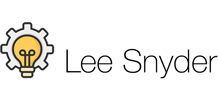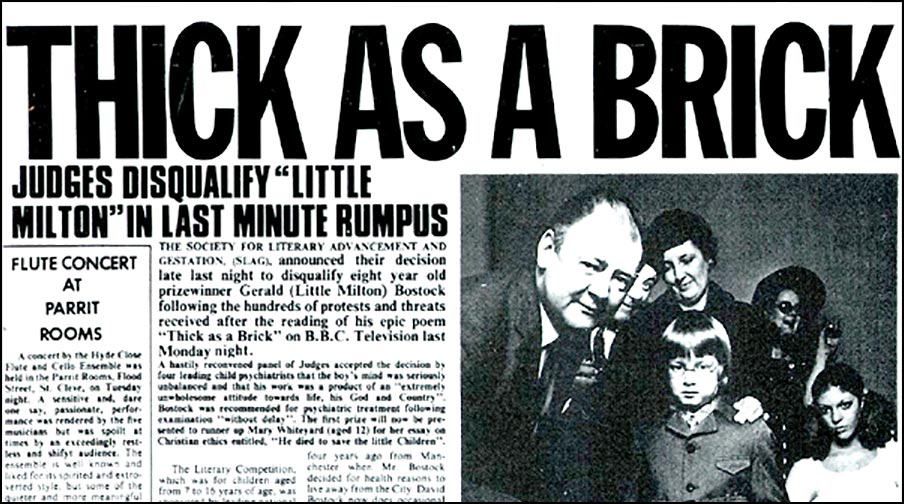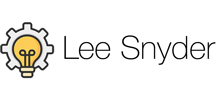Never Say it Can’t be Done. Ideas Open Doors.
2021 marks the 40th anniversary of MTV and the dawn of music videos. Seven years before that, I produced the Twin City’s first TV broadcast of a rock video with stereo sound. It involved overcoming major technical challenges and messing with WCCO TV’s newsroom.
Looking for an interesting Masters thesis project, I had the idea to synchronize good quality FM audio with color TV, and then I produced a 24-minute program.
Solve the technical issue of synchronizing two remote audio sources, TV and FM. Then figure out what to show, produce it, and broadcast it.
Using a combination of synchronized slides, light show effects, video feedback, 16 mm film, and animations, the video stayed in sync with side one of Thick as a Brick.
Got my Masters Degree in Radio and TV, with a minor in photojournalism, and some bragging rights. Best years of my life.
The Whole Story
In 1974 most TVs were in full color with pretty bad audio from a 3-inch speaker. At the same time we were filling our living rooms with giant homemade speakers and Marantz receivers that brought FM radio to life. Why couldn’t TV sound as good?
Seemed like the perfect opportunity for a Masters thesis project. Ever the optimist, I negotiated a deal with WCCO Television and KQRS FM. I’d produce a 24-minute video using production resources from the UofM and WCCO. The program would be recorded on 2-inch “quad” tape for broadcast late one Saturday night. The audio would be synchronized and simulcast in stereo by KQRS. You could watch color TV and listen to good stereo audio.
Technology that synchronizes video production, like SMPT time code, was years away. So the first challenge was to prove that it could be done.
The solution: Play stereo audio from a reel-to-reel recorder at KQRS. Get a telephone line feed of the audio from WCCO and put it into the left channel of a pair of headphones. Take an audio output from the tape recorder at KQRS and stick it into the right channel. Now, put on the headphones and keep these two in sync by changing the speed of the playback deck at KQRS.
Not so fast. You can’t adjust the speed of a tape deck by raising or lowering the amount of current you’re giving it, like using a light dimmer. That’s because tape decks use synchronous motors that operate at a consistent speed, or they don’t run at all. You have to change the frequency of the AC current to change the speed of the tape deck.
We had to make our own variable frequency 110 Volt AC power supply. Here’s how we did it:
Audio from a Frequency Generator set at 60 Hz was amplified through a huge SAE audio amplifier. If played through speakers it would have sounded like an earthquake. We hooked up the amplifier’s output to a big transformer that changed the speaker output to 110 Volts. It looked like household current to the TEAC. So, we plugged it in, along with a 60-watt light bulb for ballast.
Changing the frequency of the output from the generator slowed down or sped up the TEAC. I could keep the signal at KQRS matched with the audio at WCCO by raising or lowering the frequency of the AC power.
So, simulcasting was technically possible. What could I produce that would deliver compelling TV programming to go along with good audio? The answer: Rock video. I chose to visualize side one of Jethro Tull’s “Thick as a Brick.”
With the help of a lot of friends and Dave Higgins from WCCO we produced 24 minutes of original video and broadcast it to a waiting audience. The YouTube video shows a sample of some of the visual tricks we invented. For example, the video feedback loop was accomplished in the WCCO newsroom between broadcasts. A video camera was pointed at a TV monitor with the camera’s signal mixed with another source. In one clip, reverse high-contrast black and white 16 mm. film of a man running on a snow road was mixed with the feedback image. In another, an oscilloscope’s output from the music was used to drive the visual.
I have to say the WCCO had a lot of guts to let us play with their equipment.
Well the broadcast was a success. Everything stayed in sync, and the late-night viewers experienced something unique for the first time. And the program was rebroadcast by KQRS and public TV station KTCA a few months later.
The right idea will open a lot of doors.







